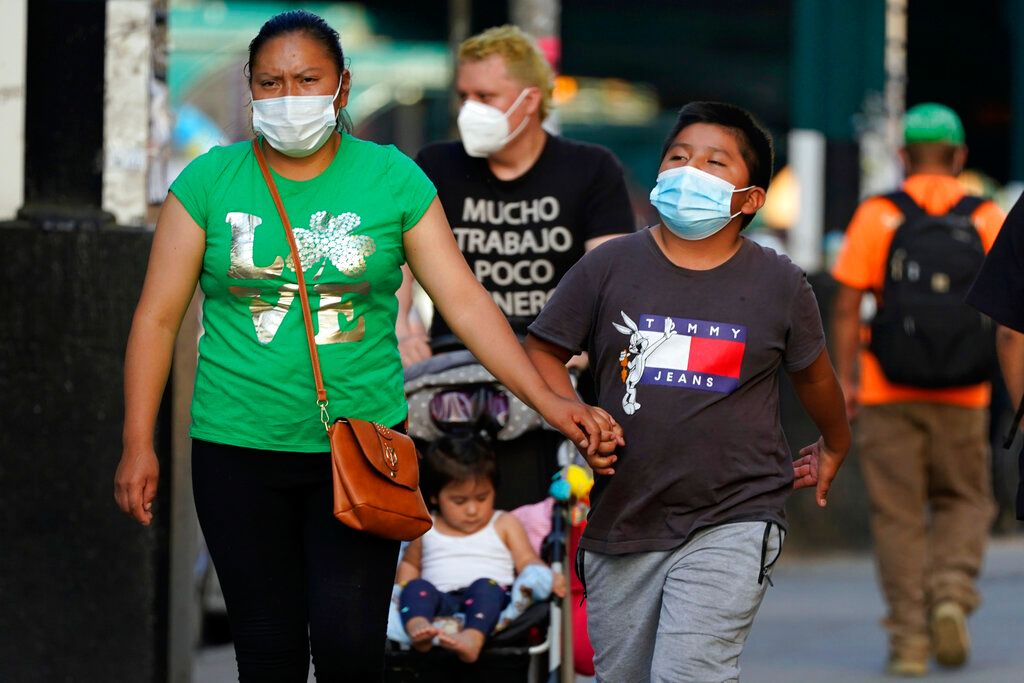According to the firm Raddar, Household spending in Colombia in September 2021 was $ 65.5 billion, reporting a growth in current pesos of 9.97% compared to the same month last year and in real terms of 5.23%. According to the figures of the report, in the third quarter of 2021, households spent 209.8 billion pesos, a figure that is 10% higher than the previous year. While, in the last 12 months, households spent 802.9 billion pesos.
The data reached in September in real terms still does not reach the levels of January 2020, despite this, it considers that spending dynamics have been largely driven by significant growth in credit cards and credit placement in general. .
By cities, Neiva was the area of the country where household consumption increased the most during September, registering a growth of 9.82% compared to the same month in 2020, followed by Cúcuta, with 6.21%, and Bogotá , with 5.79%. As for the current growth for the city of Neiva it was 18.49%, followed by Cúcuta 13.30% and Villavicencio 11.11%. For their part, Bogotá and Medellín were the cities that lagged the most in the month, growing 11% and 5%, respectively.
Credit placement
The credit placement in households by the financial sector in credit cards, consumption and mortgages grew 66.9% in September 2021 compared to the same month last year, the value of credit card transactions grew 52.5 % in June compared to the same month last year.
In fact, of 100% of monthly spending by Colombian households, credit cards represent 13%, a trend that according to Raddar’s report is on the rise. However, it is important for Colombians to be alert, since all expenses that are generated with credit are temporarily if people are buying cars and furniture, since they will surely wait two or three more years to do it again.
Likewise, it is indicated in the analysis that the annual minimum wage has not decreased since September 2016 and with inflation of 4.51%, this rate exceeds the increase in the minimum wage, causing an annual decrease in the purchasing power of the SMLVR of -1.01%, which affects the low-income population, which was also impacted by the increase in food prices since April of this year.
You may also like “Entrepreneurs from Antioquia were in Barranquilla on a business reference mission”
–

